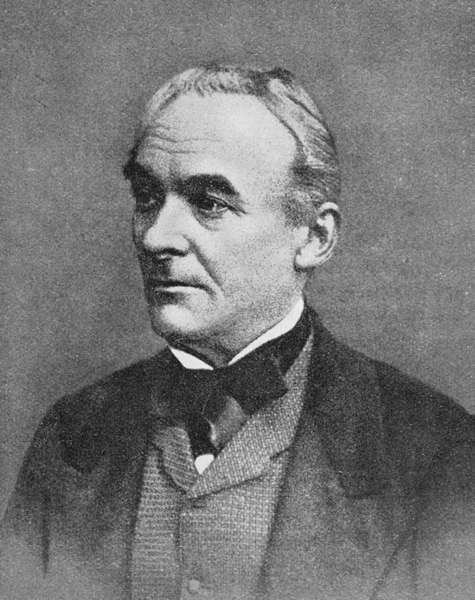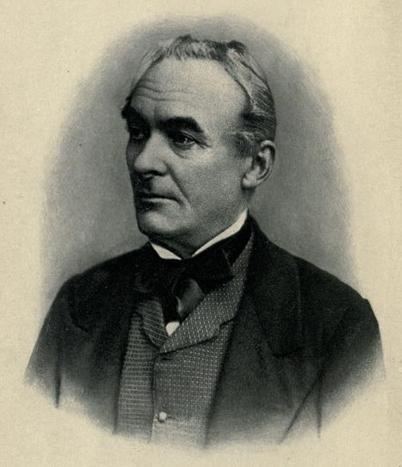Literary movement Romanticism Education Lycee Henri-IV Role Dramatist | Name Prosper Merimee Signature | |
 | ||
Born 28 September 1803
Paris, France ( 1803-09-28 ) Notable works La Venus d\'Ille (1837), Carmen (1845) Died September 23, 1870, Cannes, France Movies Carmen, Tamango, Carmen Jones, The Golden Coach Parents Leonor Merimee, Anne Moreau Books Carmen, La Venus d\'Ille, Colomba, MATEO FALCONE, Lokis Similar People Georges Bizet, Henri Meilhac, Ludovic Halevy, Stendhal, George Sand | ||
Prosper Merimee: Carmen
Prosper Mérimée (September 28, 1803 – September 23, 1870) was a French dramatist, historian, archaeologist, and short story writer. He is perhaps best known for his novella Carmen, which became the basis of Bizet's opera Carmen. He was a first cousin of the physicist Augustin Fresnel (1788-1827).
Contents

Biography

Prosper Mérimée was born in Paris. He studied law as well as Greek, Spanish, English, and Russian. He was the first translator of much Russian literature in France.

Mérimée loved mysticism, history, the unusual, and mystification (in the latter he was influenced by Charles Nodier), the historical fiction popularised by Sir Walter Scott and the cruelty and psychological drama of Aleksandr Pushkin. Many of his stories are mysteries set in foreign places, Spain and Russia being popular sources of inspiration.

In 1834, Mérimée was appointed to the post of inspector-general of historical monuments. His tastes and talents were well suited to archaeology, combining linguistic faculty of a very unusual kind, accurate scholarship, remarkable historical appreciation, and a sincere love for the arts of design and construction. He had some practical skills in design. A few pieces of his own art are held by the Walters Art Museum in Baltimore, Maryland. In his official capacity he published numerous letters and reports, some of which, with other similar pieces, have been republished in his works.

Mérimée met and befriended the Countess of Montijo in Spain in 1830 whom he credited as being his source for the Carmen story. Together with the countess, he coached her daughter, Eugenie, during the courtship with Napoleon III (though his correspondence indicates Mérimée was opposed to their marriage). When the daughter became the Empress Eugénie of France in 1853, Mérimée was made a senator.
In 1841, Prosper Mérimée and his friend George Sand made a major contribution to the history of medieval art by discovering the luminous tapestries of The Lady and the Unicorn during a stay at the Château de Boussac in the Limousin district of central France, which entered immediately into history thanks to the writings of George Sand.
In 1849, Mérimée was engaged in a successful protest campaign against the demolition of the Cité de Carcassonne. This allowed the crypt of Saint-Laurent in Grenoble to be classified as a historical monument on the 26th of February 1850.
Prosper Mérimée died in Cannes, France and was interred there in the Cimetière du Grand Jas.
The French national list of heritage monuments is called the Base Mérimée in his honour.
The 1958 film Tamango takes its name from his short story, as does a purportedly hallucinogenic Italian cocktail.
